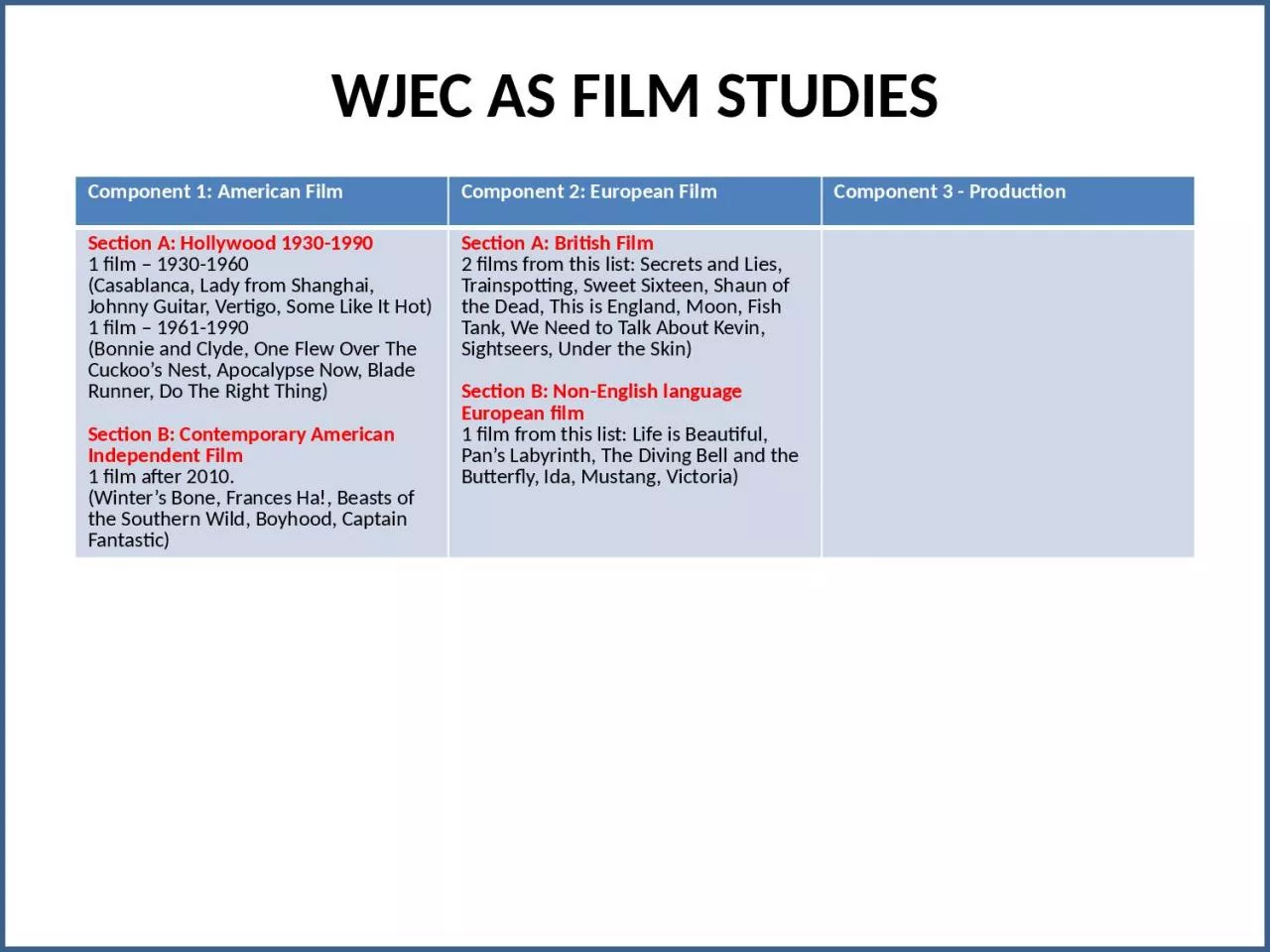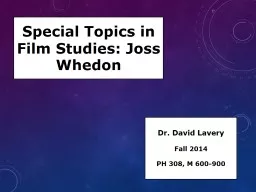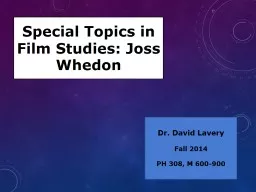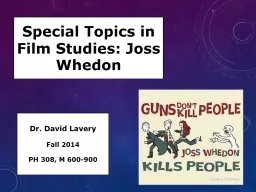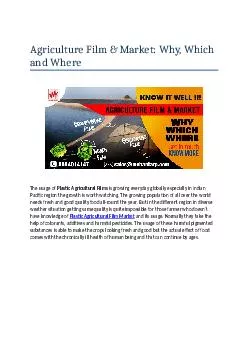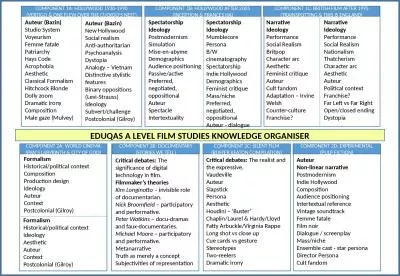PPT-WJEC AS FILM STUDIES Component 1: American Film
Author : gagnon | Published Date : 2022-06-18
Component 2 European Film Component 3 Production Section A Hollywood 19301990 1 film 19301960 Casablanca Lady from Shanghai Johnny Guitar Vertigo Some Like It
Presentation Embed Code
Download Presentation
Download Presentation The PPT/PDF document "WJEC AS FILM STUDIES Component 1: Americ..." is the property of its rightful owner. Permission is granted to download and print the materials on this website for personal, non-commercial use only, and to display it on your personal computer provided you do not modify the materials and that you retain all copyright notices contained in the materials. By downloading content from our website, you accept the terms of this agreement.
WJEC AS FILM STUDIES Component 1: American Film: Transcript
Download Rules Of Document
"WJEC AS FILM STUDIES Component 1: American Film"The content belongs to its owner. You may download and print it for personal use, without modification, and keep all copyright notices. By downloading, you agree to these terms.
Related Documents

